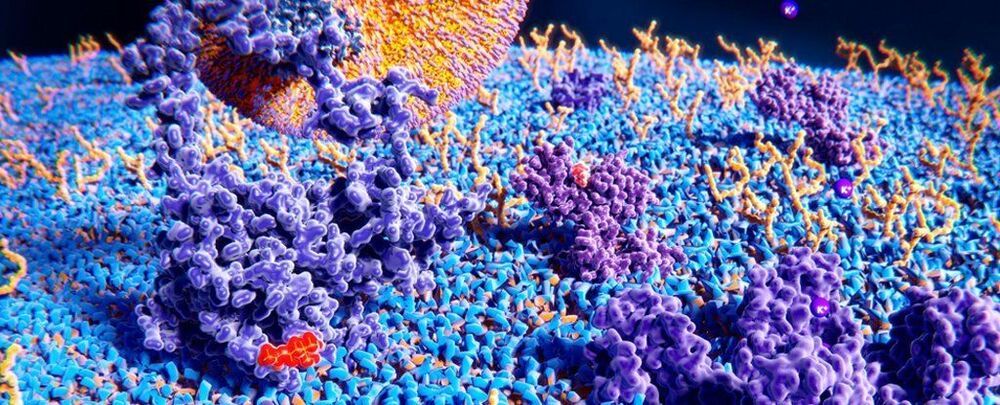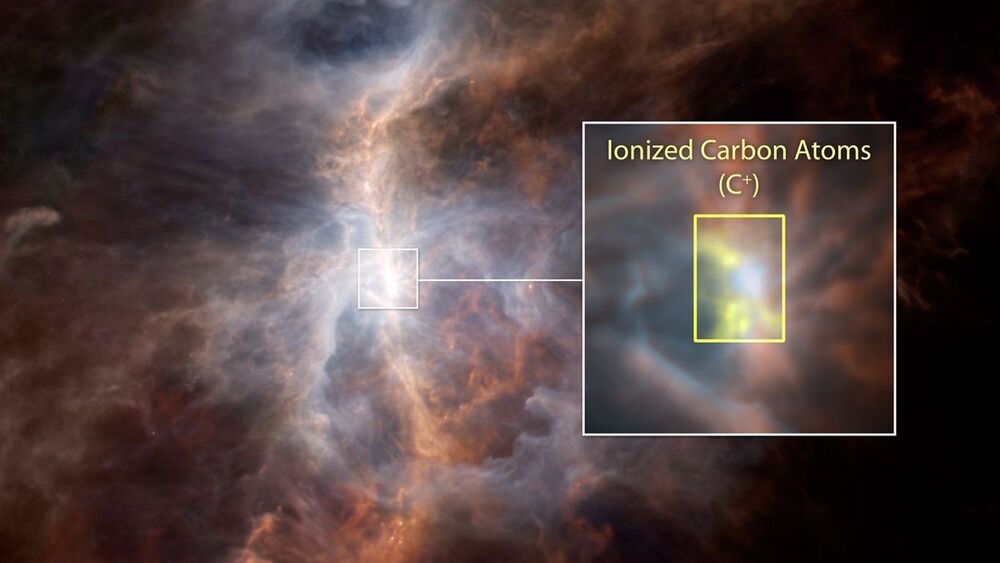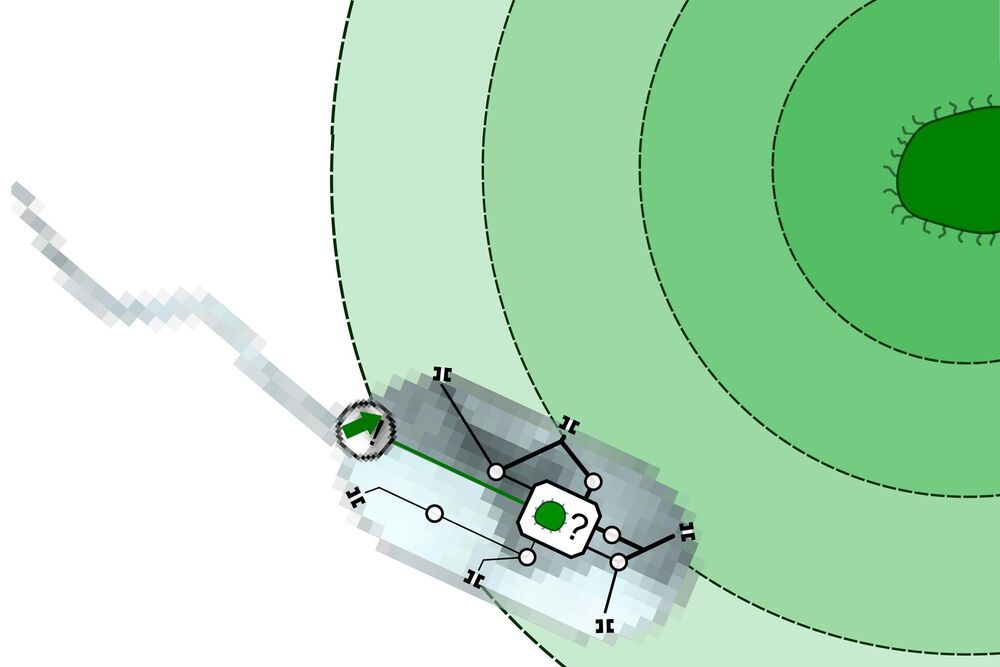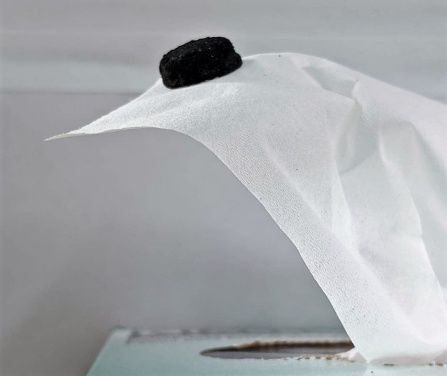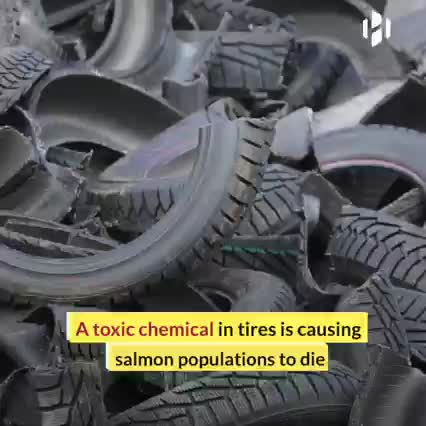May 26, 2021
Scientists Discover a New Type of Biochemical That Could Be in All Life on Earth
Posted by Genevieve Klien in category: chemistry
The wonderful mess of molecules that make up living things is so complex, biologists have overlooked an entire class of them – until now. This missed bit of biochemistry is neither rare nor hard to find; it’s just no one had thought to look for it before.
“This is a stunning discovery of an entirely new class of biomolecules,” said Stanford biochemist Carolyn Bertozzi.
“It’s really a bombshell because the discovery suggests that there are biomolecular pathways in the cell that are completely unknown to us.”
